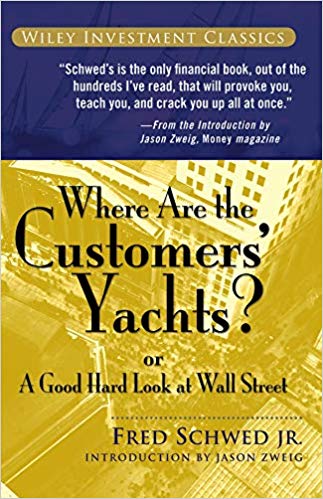The Financial Post has just published a podcast about the market impact of coronavirus, via a conversation between me and FP transportation reporter Emily Jackson, host of the weekly podcast Down to Business. You can find the full 19-minute interview by clicking the highlighted text: How Coronavirus market chaos compares to 2008.
While I have been posting almost daily commentaries on the crisis right here on the Hub from various experts, thus far I have refrained from comment myself, but the podcast pretty much covers my views. One thing that came out of the interview was that there may be big generational differences in how this market crash is viewed.
For baby boomers who are retired or thought they were close to it (read “me!”) this crash has been a traumatic experience, especially for those who didn’t pay much attention to risk management and appropriate asset allocation. At our age (I’ll be 67 in a few weeks), we presumably have finished accumulating our nest egg and our time horizon to recoup any losses is shrunken: young people are in quite a different situation: they have less money to lose and have several decades to get it back.
Worried retirees should be at least 50% in fixed income by now
Fortunately, we have been quite conservative: my own advisor has long counselled being somewhere between 50 and 60% fixed income and — having been reminded of the downside risk of the market yet again — I have been selling a few winners where we can find them with the goal of getting our total cash and fixed income to about two thirds of our total portfolio.
We took some profits as the 11-year bull market raged, although of course hardly enough to dodge the storm entirely. As with most investors, Covid-19 was a “Black swan” that seemingly came out of the blue. I guess I was lulled into believing that the US president would keep the markets aloft at least until he was re-elected, by leaning on the Federal Reserve chairman and various other levers he possesses. Fooled us again, Donald!
Some readers and at least one advisor I correspond with probably think 67% fixed income is too conservative, but that’s right in line with the conservative rule of thumb that fixed income should equal your age. That leaves about a third in (mostly) non-registered stocks, although we also hold US dividend paying stocks in our RRSPs, along with fixed income (bond ETFs and laddered strips of GICs). Our selling inside our RRSP has been more along the lines of selling half of big winners and “playing with the house’s money,” a phrase our daughter has happily adopted too.

On the other hand, as I remarked to Emily, it’s much less of a disaster for younger people: in fact, I’d argue it’s almost good news, financially speaking (not of course from a health perspective). Finally, younger investors have an opportunity to buy stocks and equity ETFs at reasonable prices, and at the same time as interest rates fall, they are getting a break — or soon will — on variable-rate mortgages.
Certainly if I were 20 years younger I’d be itching to buy at current prices, although even then I’d keep some powder dry just in case the bargains become even more tempting.
How bad could this get? In yesterday’s FP, David Rosenberg frankly raised the spectre of a depression and total losses in the Canadian market of 50% or more. See It’s time for investors to start saying the D-word — this economic damage could be double 2008.
Too late to ‘revaluate’ your risk tolerance?
A blog the Hub republished on the weekend from Michael James on Money suggested that now is not the time to reassess your risk tolerance. See It’s too late to ‘revaluate’ your risk tolerance. That blog generated a fair bit of discussion on Twitter. Again, this could fall along generational lines. If you believe markets are only half way down and you want some cash to deploy to scoop up bargains at the bottom, then you can sell down some non-registered winners and losers, ideally in equal proportions to make it net tax neutral. Massive up days like Tuesday are an opportunity to do that. Continue Reading…








